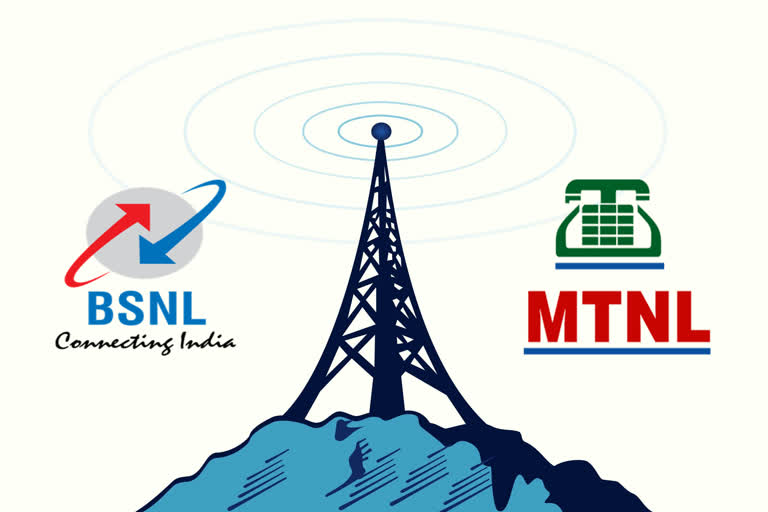New Delhi: Dispelling popular and widespread expectation of a divestment of the two giant state-run telecom PSUs BSNL (Bharat Sanchar Nigam Ltd) and MTNL (Mahanagar Telephone Nigam Ltd) the Narendra Modi government, once again pulled out a surprise on October 23 when the Union Cabinet announced quite rather the opposite, a revival package of the two deeply distressed state-run telcos. This was deemed to be among the remotest of possibilities.
Now the two loss-making companies that 30 years ago enjoyed a monopoly in providing telephone connectivity will be merged into a single entity.
Even an attractive Voluntary Retirement Scheme (VRS) for any employee aged 50 years plus who wants out is being laid out.
These two were among a slew of other announcements including allocation of additional 4G spectrum to clear the congested network and monetization of assets which together is expected to game-change the government’s hitherto underplayed and ineffective role in the telecom sector.
Actually, it was a more clear signal of governmental intent underlining the growing importance and strategic nature of the telecom industry that has nowadays blurred the distinction between the cyber world, data, and communication.
Telecom is now both a service as well as a product. That is why governments across the world like China and the United States take more than an abiding interest in things telecom.
Moreover, critically important telecom networks like that of the military, ride on these state-owned PSUs which is officially mandated in the interest of security and secrecy.
And as we stand at the threshold of a 5G rollout across the world and in India which is expected by 2020, telecom is increasingly entering the realm of artificial intelligence. China has already taken a leap on the 5G rollout.
Besides the security issue and the strategic nature of the telecom sector, the Indian government’s intent has got a welfare aspect too.
